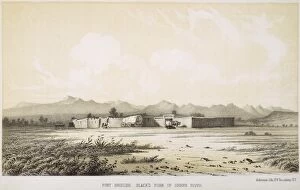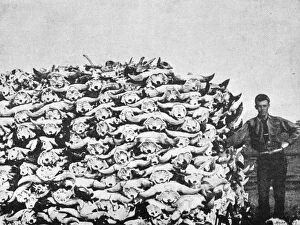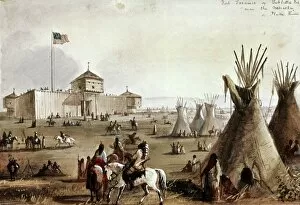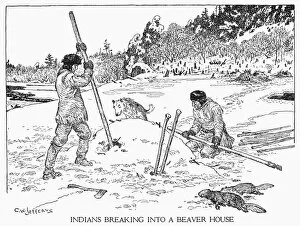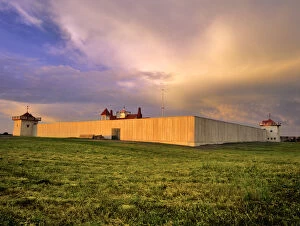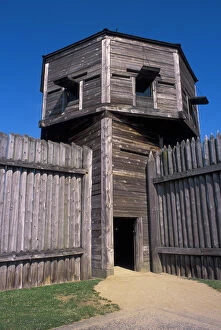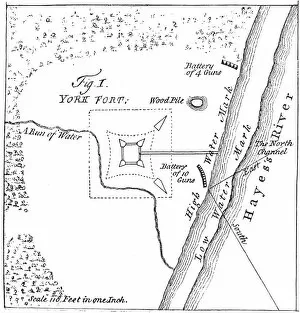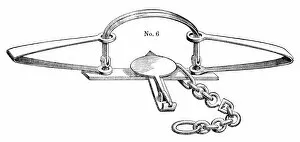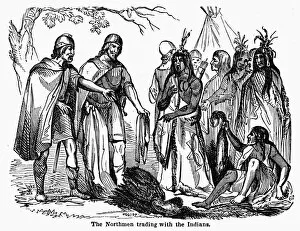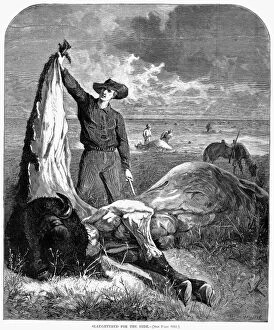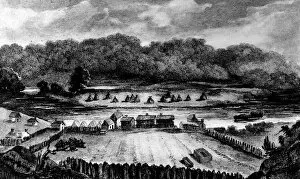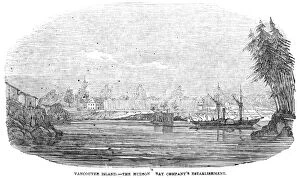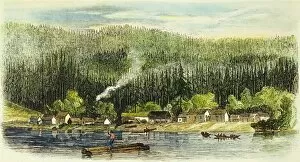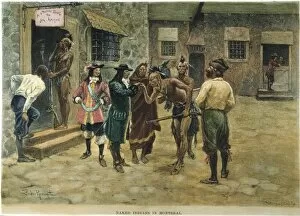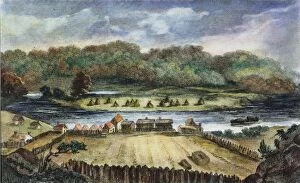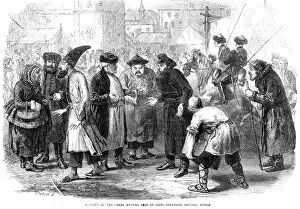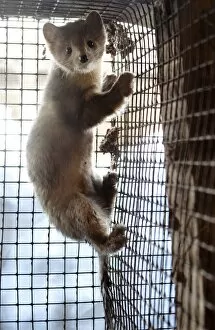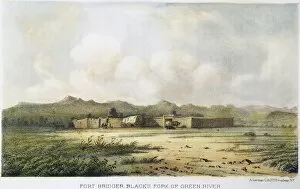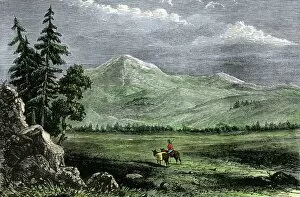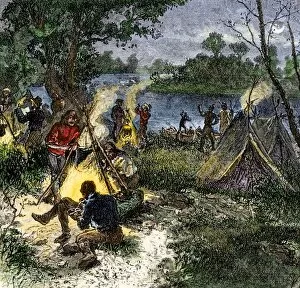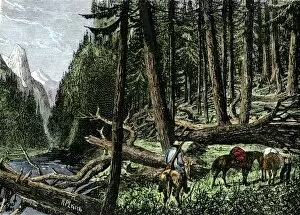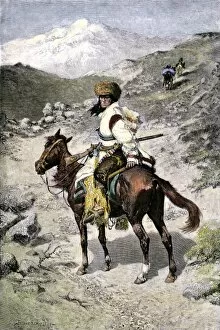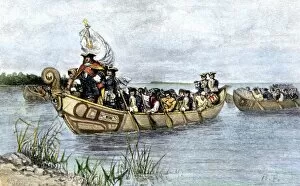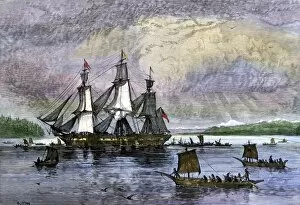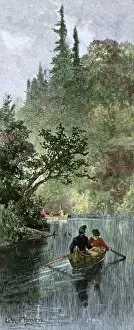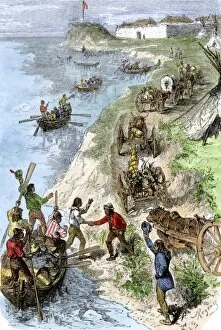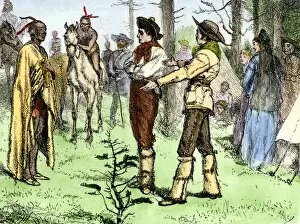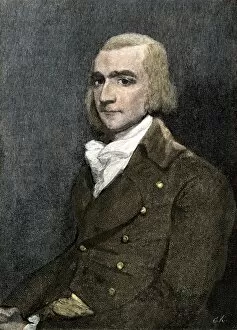Fur Trade Collection (#3)
"Fur Trade: A Tale of Friendship, Adventure, and Commerce" In colonial Georgia, an unlikely bond formed between Oglethorpe and Tomo-chichi amidst the bustling fur trade
For sale as Licensed Images
Choose your image, Select your licence and Download the media
"Fur Trade: A Tale of Friendship, Adventure, and Commerce" In colonial Georgia, an unlikely bond formed between Oglethorpe and Tomo-chichi amidst the bustling fur trade. (BUSN2A-00012) As flintlock pistols were wielded by traders in pursuit of valuable pelts, these two individuals saw beyond their differences and embraced friendship. Venturing into the untamed wilderness of the old west, mountain men became legends in their own right as they navigated treacherous terrains to secure furs for profit. Their resilience shaped the history of the fur trade. At Fort Laramie along the Oregon Trail, a vibrant trading post stood as a beacon of commerce and cultural exchange. (BUSN2A-00091) Here, diverse groups converged to barter goods and stories that transcended borders. Solomon Juneau's trading post on Milwaukee River showcased how this industry thrived even in far-flung regions like present-day Wisconsin. (MILWAUKEE c1820) The sight was a testament to human ingenuity and adaptability. George Caleb Bingham immortalized fur traders descending the Missouri River with his captivating oil painting from 1845. These brave souls braved harsh conditions for profits that fueled economic growth across America. (BINGHAM: FUR TRADERS) The introduction of coypu or nutria to Britain served as a reminder of how globalization impacted ecosystems worldwide. (Coypu Nutria). Originally from America, this riparian rodent left its mark before being eradicated. Centuries earlier, Norsemen engaged in early transatlantic trade with Native Americans on North America's east coast during the 11th century AD. (NORSEMEN AND NATIVE AMERICANS) This historical encounter laid foundations for future exchanges that would shape world economies. Even Regent Street in London had its share in promoting this lucrative industry, as The International Fur Store enticed customers with luxurious offerings.



